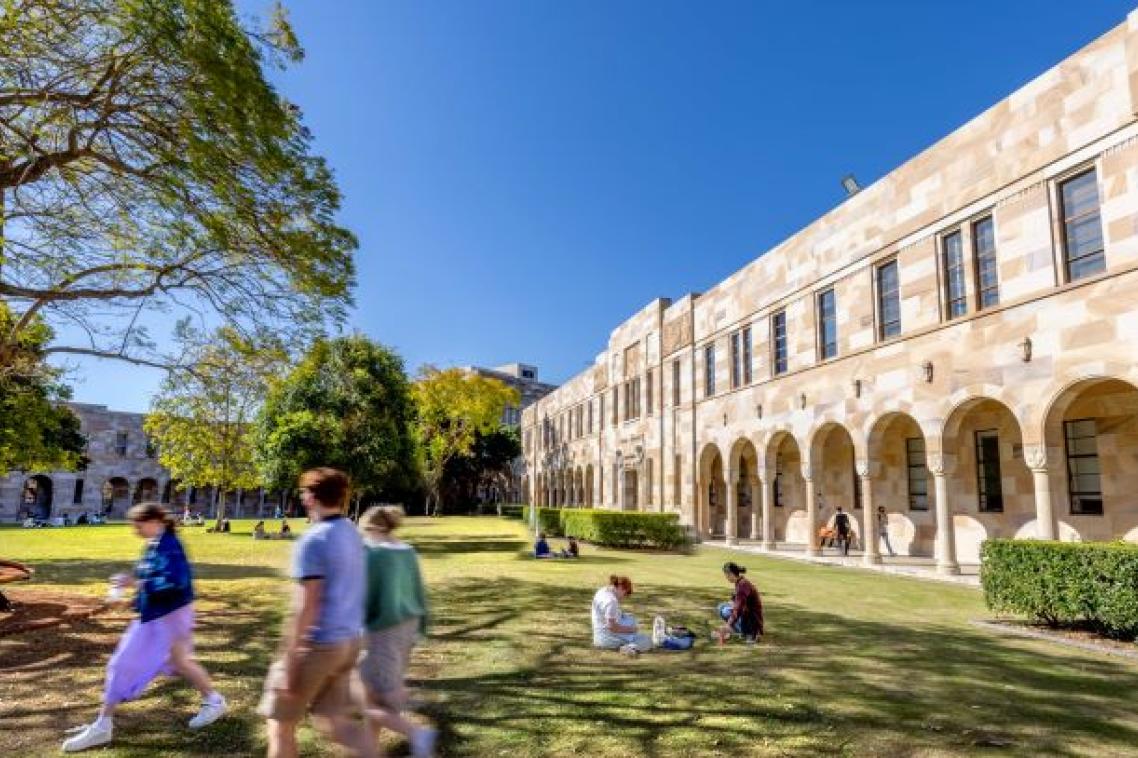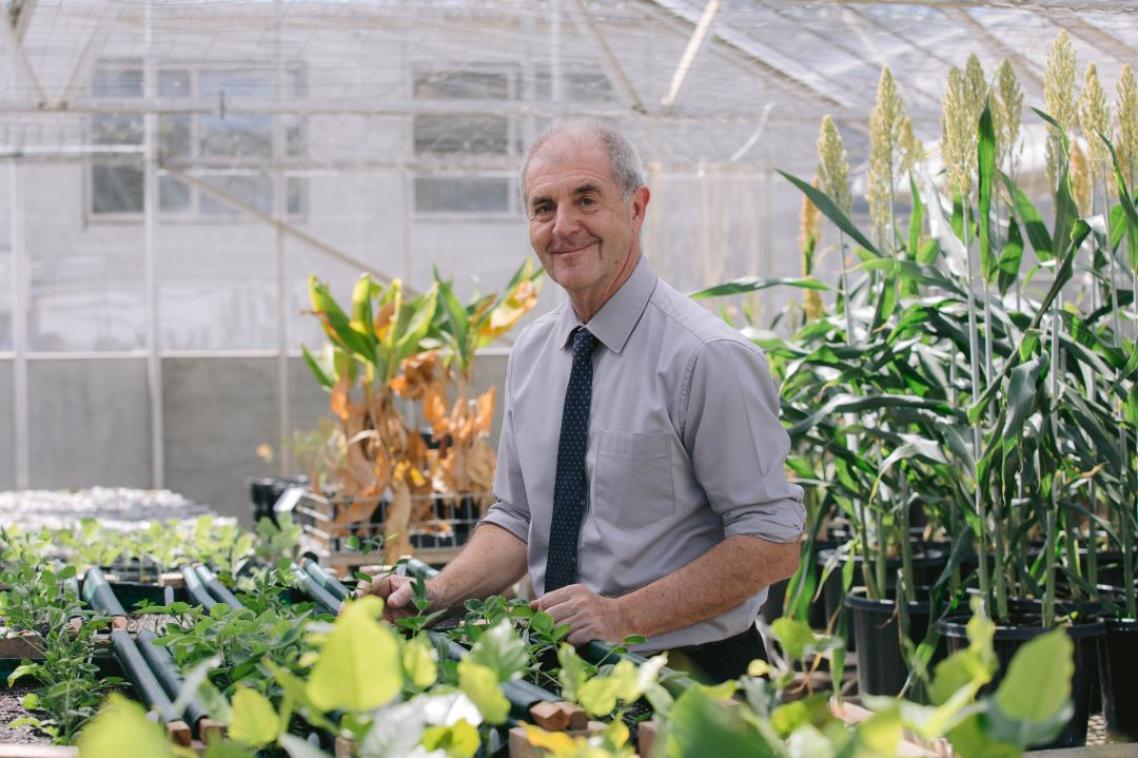Maths takes edge off wavy rail ride
Like bumps in a road, corrugations on a train line can be annoying, costly to fix and dangerous.
But a team of University of Queensland mechanical engineers and Queensland Rail, Rail Corp, the Australian Rail Track Corporation and Cooperative Research Centre for Railway Engineering and Technologies, are working to predict and prevent corrugation which plagues rail lines around the world.
Rail corrugation appears as waves in tracks, usually on busy routes or lines that experience heavy cornering, accelerating or slowing.
“It is caused by a complex interaction between vehicle and track vibrations and contact wear occurring over many wheelset passages,” the team leader Dr Paul Meehan said.
“The essence of this interaction is a vicious cycle that amplifies corrugations over each wheelset passage. The trick will be to identify a means of breaking or at least retarding this feedback cycle.”
To predict corrugation, the group is building a rail corrugation software estimator which will show how fast corrugation will grow on lines around Australia based on factors such as traffic, tonnage, speeds and track radius.
To prevent corrugation, the team is looking at the feasibility of several fixes such as lubricating the rail/wheel contact, vibration dampeners or speed control.
Dr Meehan said badly corrugated lines were noisy and unsafe and were only fixed by grinding the track which added 5-20 per cent in maintenance costs to the rail industry.
So far, the UQ team has developed an experimental test rig to recreate rail corrugations and is testing its mathematical formula that will predict corrugation.
“Wherever you get vibrations occurring you can get fatigue cracks growing. If left unchecked, these cracks cause surface shelling and track failure then you can get derailments.”
He said the predictive software could show if a vibration suppression system fitted to the train wheel would help minimise corrugation.
“There hasn’t been a good predictive model developed so far. That’s our aim.”
Their software could analyse a range of variables from traffic to tonnage which would optimise maintenance strategies to avoid rail corrugation.
The team includes UQ researchers Dr Bill Daniel, Robin Horwood, Ning Ning Song and Tien Vuong, who hope to have the software finished by 2006.
Media: contact Dr Meehan (phone: 07 3365 4320, email: meehan@uq.edu.au) or Miguel Holland at UQ Communications (phone: 3365 2619, email: m.holland@uq.edu.au)
Related articles

UQ Professor recognised for improving health equity outcomes

Plants with therapeutic health benefits: the next generation of functional foods
Media contact
UQ Communications
communications@uq.edu.au
+61 429 056 139
